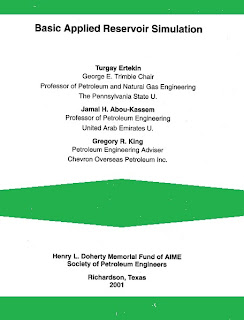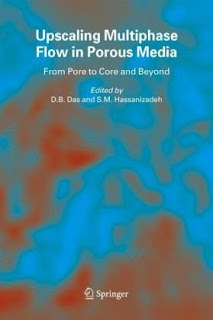This book is intended as a text for both undergraduate and graduate course in petroleum engineering, with particular emphasis on the subject of well stimulation. There are ample materials and sufficient end-of-chapter homework problems of varying difficulty to satisfy the needs of both courses. Parts of the book have also served a basis for industrial short courses, and it is hoped that some of the material presented will also be of value to researchers engaged in developing new stimulation processes or products. However, the primary audience is thought to be university students interested in petroleum engineering.
Written by: Robert S. Schechter
No. of pages: 640
Download link is below post in First comment
Don't forget to leave your comment



























































